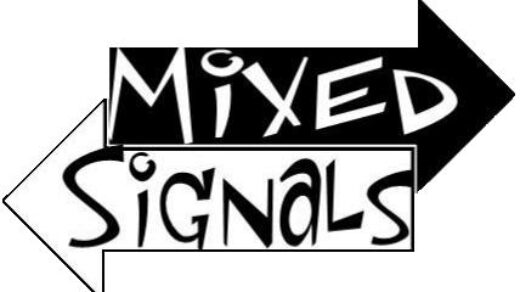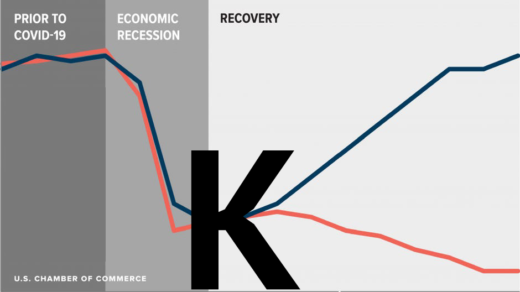
Every charity that I have worked with in my 25-plus years worries about overhead costs. As they should. The Canada Revenue Agency (CRA) also has a concern with overhead costs per dollar raised. As a result, they have set out some guidelines that it feels charities should strive for, namely:
- Generally acceptable costs are less than 35¢ per dollar raised
- Potentially unacceptable costs are between 35¢ and 49¢ per dollar raised
- Generally unacceptable costs are typically between 50¢ and 70¢ per dollar raised
- Rarely acceptable costs are more than 70¢ per dollar raised
I will not address what should count as overhead in this article, as it is always an area of contention. Sometimes the indirect fundraising costs are associated elsewhere in the organization (like marketing, for example). Other times, the fundraiser has a portion of their salary appropriated to the program they are raising money for (so the fundraising overhead costs decrease). Perhaps, this is a discussion to have with your finance team.
Does the Media Help or Hinder Overhead?
I want to address the notion that some people have that there shouldn’t be any fundraising costs. A local charity received criticism in the news for spending over 50¢ per dollar raised on overhead expenses. Upon further investigation, I discovered that they ran 50-50 lotteries (where the winner receives 50% of the pot of funds collected from lottery tickets) and that represented the majority of their fundraising efforts. By definition, the cost of that initiative is 50% (the payout to the winner is a legitimate expense). This is without considering marketing, licensing, transaction fees, staff time, etc.
Far too often, the media picks up on this spend and labels the organization inefficient, or even yet, unworthy of support. What if an organization raises money predominately through events (remember that events typically net 50¢ per dollar raised [that’s single net — I wrote about the true cost of events here]) or direct mail (remember that acquiring a donor can sometimes cost $1.25 per dollar raised). Are the organizations truly unworthy of support? Perhaps one needs to examine their revenue streams. Or perhaps we need a different methodology for evaluating efficacy. Does lower overhead mean that the funded program is a better run program with more desirable outcomes? I think these are two unrelated issues.
The Inner Circle
I have found it interesting that the larger the donation, typically the less scrutiny the donor imposes on the charitable organization. Why is that, you might ask. I would surmise that the reason is that the larger donors have enjoyed a closer relationship with your organization and have been supporting your organization for quite some time. Think of it as a concentric circle — the larger donors are likely in the middle of the circle (closest to the cause) and the smaller gifts are at one of the outer rings. The new smaller donor often tests the waters to see what the impact of their gift on the organization.
Additionally, I found that many larger donors to an organization have served on committees or even the board of directors. Doing so gives them a tremendous insightful advantage over some of the other members of the general community.
Tracking Overhead is Key
I recently sought some legal advice and was dumbfounded to see my itemized invoice. The lawyer broke down his fee into 6-minute intervals and had a log for each time he spoke to me. At the bottom of the invoice was a fee for creating the invoice. While the amount was inconsequential, it irked me to no end. I would rather have it buried in the hourly rate of counsel. There is always a cost of doing business!
Tracking and accounting for all of these costs seem to be counterproductive. By doing so, I believe it is increasing the expense. If there was a blanket statement that there is a flat administrative fee (or percentage-based), that can be understood.
The donors share the same line of thinking. Do they want us to use valuable resources to track efficiencies? I think having a wholesome evaluation of the initiative at its conclusion is a great idea, but one has to realize the benefit. In my mind, the advantage is that perhaps the next initiative may realize some efficiencies. I used to joke to one of my colleagues that the only thing more cumbersome with a certain grant application was the post-grant report. In this particular case, it was a 20-page report.
Economies of Scale
Is an organization that spends 10% on overhead better than an organization that spends 25%? There are economies of scale. The larger fundraising shops typically see their overhead as a smaller percentage of funds raised. The smaller shops are impacted much more by ebbs and flows of donations as well as expenses. Absorbing a new staff member in a team of 30 is felt much differently than absorbing a staff member in a team of four.
There needs to be accountability and transparency with charities. I couldn’t agree more. However, there has to be a common understanding of how to interpret the results.
Until next week.
L’chaim




